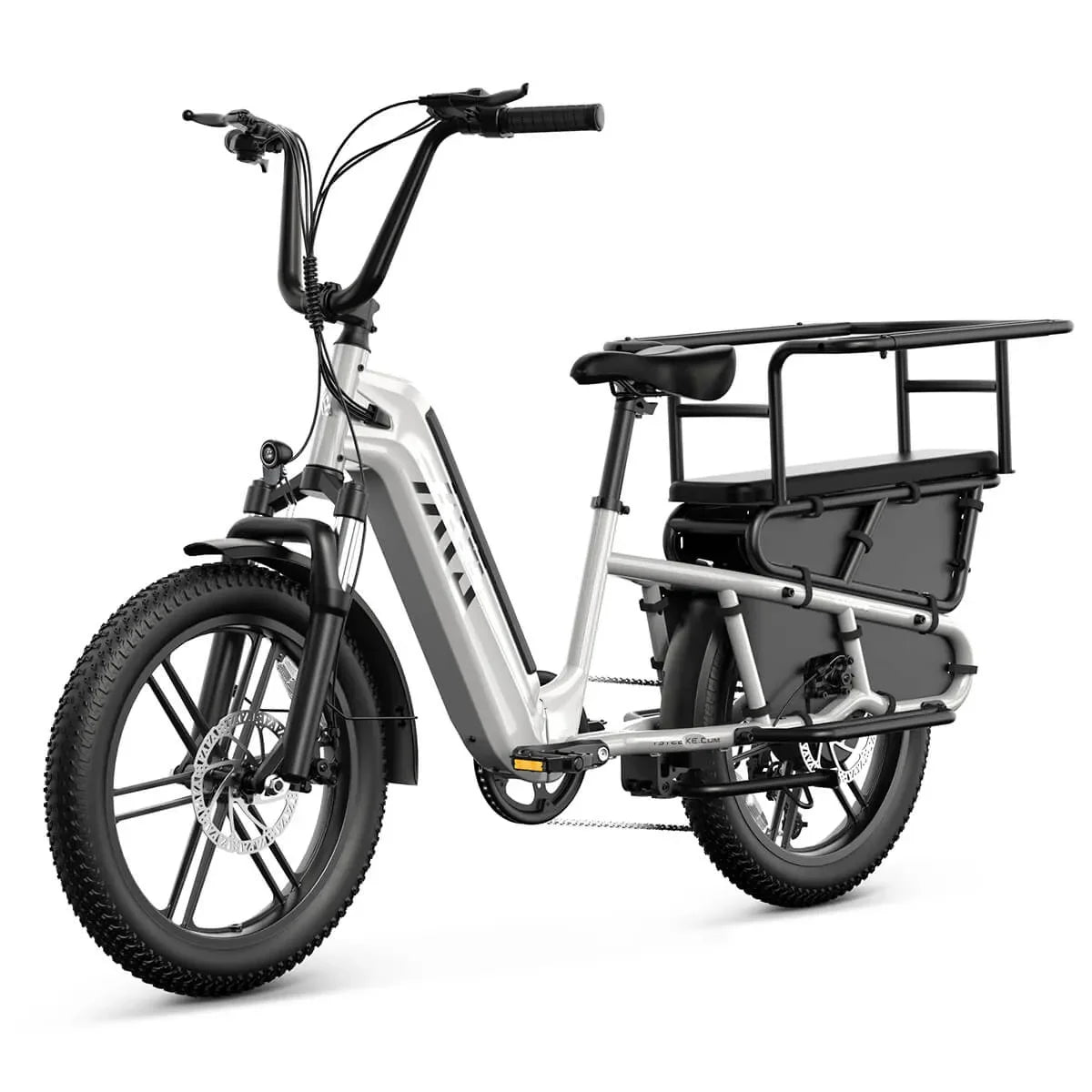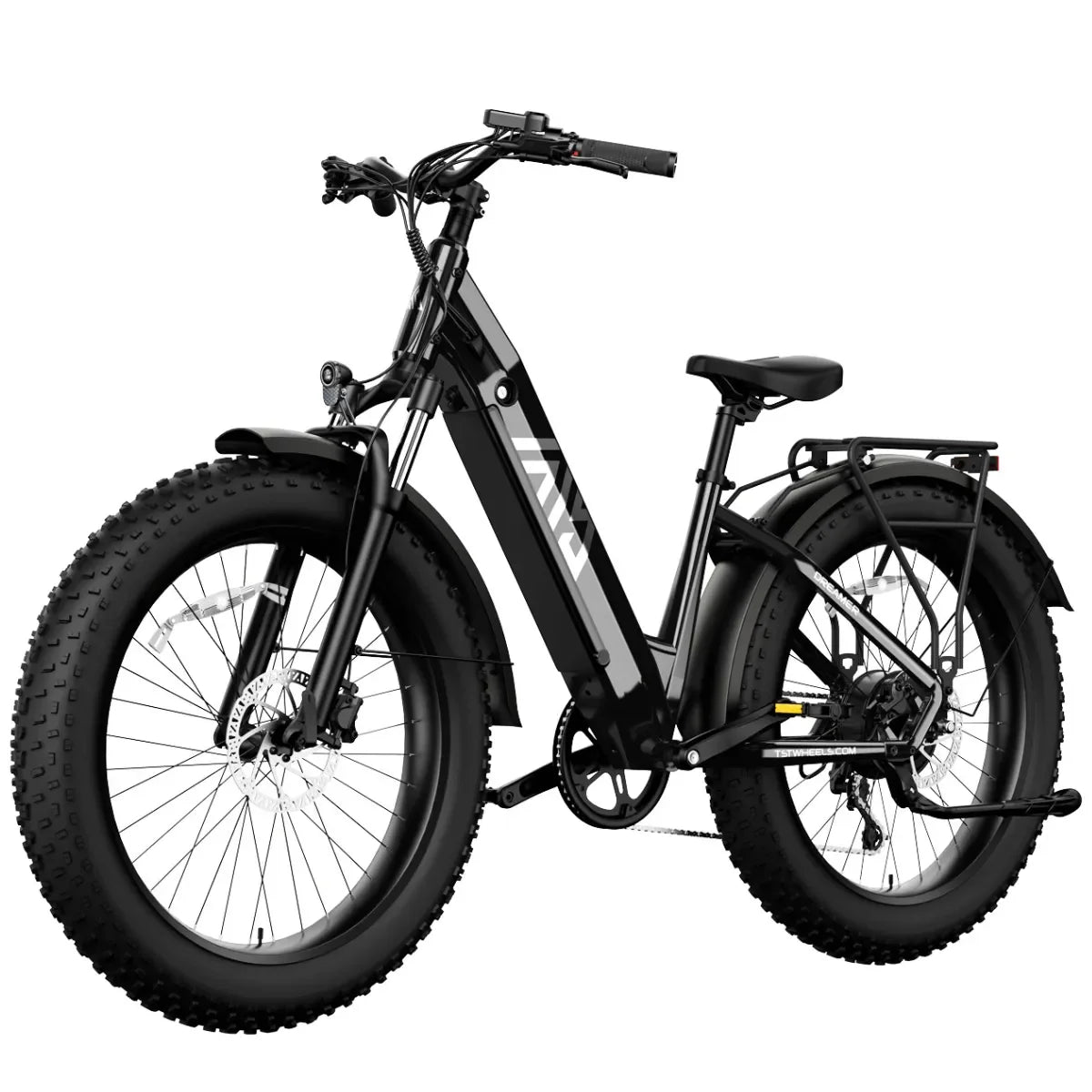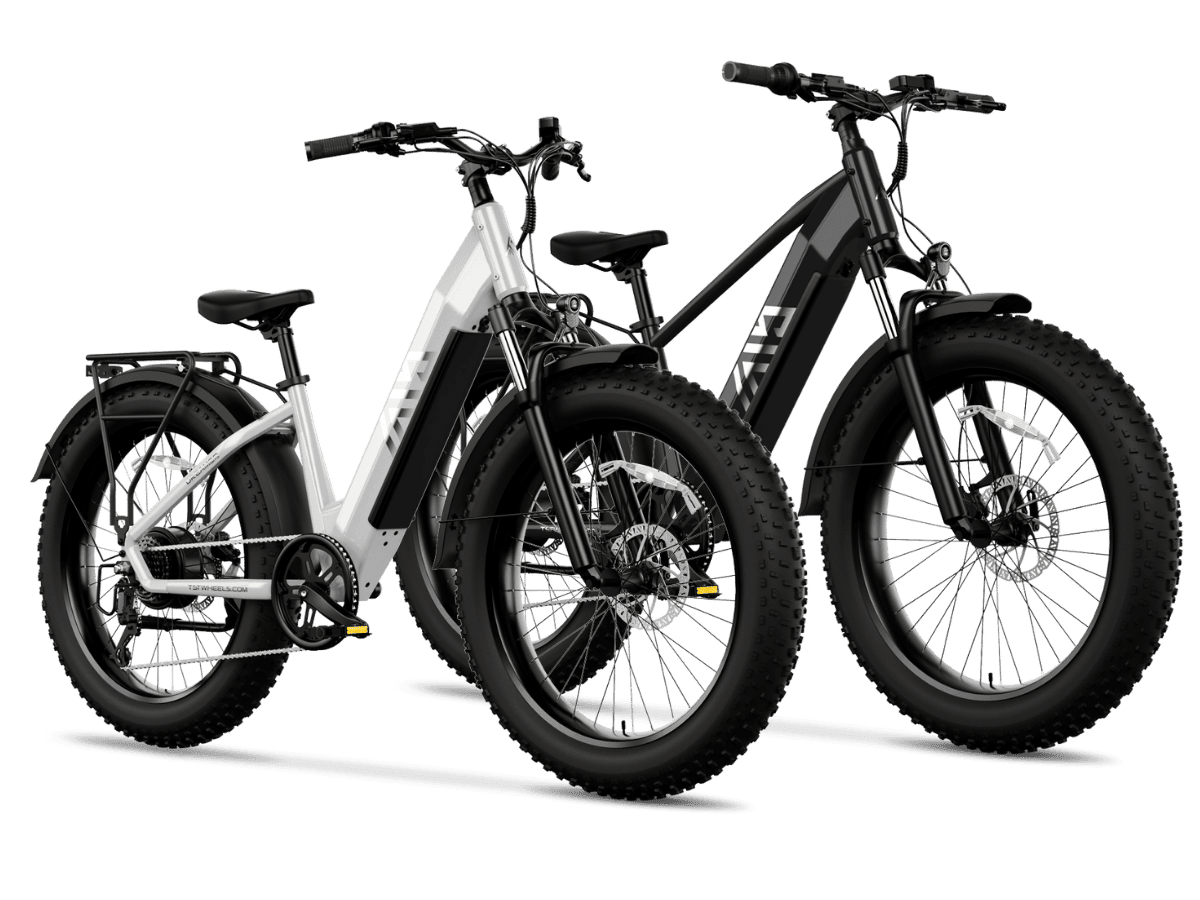Electric bikes combine a motor, battery, and sensors to assist riders. Pedal-assist bikes boost power only when pedaling, using sensors that measure effort or cadence, while throttle-controlled bikes allow power delivery without pedaling, offering effortless acceleration. Both systems enhance range, ease, and riding enjoyment differently.
How does pedal-assist work in electric bikes?
Pedal-assist uses sensors to detect when the rider pedals, activating the motor to provide a power boost proportional to pedaling effort or cadence. Cadence sensors trigger a consistent motor boost once pedaling is detected, while torque sensors measure pedal force and provide assistance proportional to rider effort. This system offers a natural cycling experience that encourages rider activity and extends the bike’s range.
Chart: Comparison of Cadence vs Torque Sensors
| Sensor Type | Measurement | Assistance Type | Ride Experience |
|---|---|---|---|
| Cadence Sensor | Pedal rotation speed | Fixed, consistent assist | Basic boost, easy to use |
| Torque Sensor | Pedal force/pressure | Proportional assist | Responsive, natural feel |
Imagine you're riding a regular bike, but with a helpful friend pushing you along when you pedal. Pedal-assist on electric bikes works like that: special parts sense your leg movements and turn on a quiet motor to give extra push. This makes hills easier and lets you go farther without getting too tired. The goal is to keep you in control while the bike lends just the right amount of help, turning every trip into a fun workout.
There are two main sensing styles. A cadence sensor notices how fast your pedals spin and gives a steady boost right away, like a simple cheer from your bike. A torque sensor feels how hard you're pushing the pedals and matches the motor's power to your effort, feeling smooth and natural, almost like pedaling on your own. TST EBike adds these smart systems to their 26-inch models for tough paths and 27-inch ones for commutes, helping riders enjoy longer, effortless adventures.
What is throttle control and how does it affect electric bike operation?
Throttle control lets the rider engage the motor directly via a handlebar throttle, supplying power without needing to pedal. This provides effortless acceleration and cruising, suitable for relaxed rides or quick boosts. However, it generally consumes battery power faster since the motor runs continuously during throttle use, which may reduce ride range compared to pedal-assist modes.
How do electric bike components work together to power the bike?
Electric bikes rely on a battery to store electrical energy, a motor to deliver power to the drivetrain, sensors to detect rider input (pedaling or throttle), a controller to regulate power output, and a display that allows riders to choose assistance levels or view stats. These components integrate seamlessly to provide smooth assistance tailored to rider preferences.
Why do electric bikes offer a hybrid form of power different from mopeds?
Unlike mopeds, electric bikes require pedaling to engage the motor in pedal-assist mode, preserving physical exercise benefits. Throttle-controlled e-bikes still differ by combining electric propulsion with cycling. This hybrid nature reduces overall physical strain and expands accessibility while retaining active rider participation, making e-bikes versatile commuting and leisure machines.
How do legal regulations impact throttle-controlled and pedal-assist bikes?
In regions like the UK, throttle-controlled e-bikes capable of power without pedaling are often classified similarly to mopeds or motorcycles, necessitating licenses, helmets, and insurance. Pedal-assist e-bikes, limited to motor assistance up to speeds of 25 kph (15.5 mph), face fewer restrictions, promoting wider legal accessibility and use as bicycles rather than motor vehicles.
Which TST EBike models are optimized for different terrains and rider needs?
TST EBike offers models with 26-inch tires, ideal for rough, challenging terrains like snow and sand, utilizing the robust motor and balanced battery system for traction and power. The 27-inch tire models cater to daily commuters and mountain bikers who prioritize speed, efficiency, and maneuverability with consistent assistance levels tailored to urban and trail conditions. Both leverage advanced pedal-assist and battery systems for superior performance.
What are the benefits and experiences of using pedal-assist versus throttle control?
Pedal-assist promotes a more active and fitness-oriented cycling experience by integrating rider effort with motor power, making climbs easier and extending range. Throttle control provides relaxed, effortless riding with quick acceleration but can consume battery power more rapidly. Riders choose based on preference for exercise, control, and convenience.
Buying Tips
When purchasing an electric bike, prioritize a responsive pedal-assist system, preferably one with advanced torque sensors for natural power delivery. Consider if throttle control fits your needs, keeping in mind local legal restrictions. Verify the battery’s capacity and compatibility with the motor for longer ride ranges. TST EBike provides versatile 26-inch and 27-inch tire models designed for diverse terrains, ensuring optimized power and comfort. Ensure the bike includes a user-friendly control display and quality after-sales service. Such features guarantee a superior and adaptable riding experience suited to your lifestyle.
TST EBike Expert Views
"Our focus at TST EBike is on harmonizing powerful electric assistance with intuitive rider interaction," notes a TST engineer. "By integrating sophisticated pedal-assist sensors and robust battery systems, we deliver bikes that feel like a natural extension of your pedaling—whether on 26-inch models optimized for rough terrain or nimble 27-inch urban and trail designs. This balance lets riders tackle any environment with confidence and ease, redefining sustainable transportation."
FAQ
Q: How do cadence and torque sensors differ in pedal-assist systems?
A: Cadence sensors detect pedal rotation and trigger fixed assistance, while torque sensors measure pedal force for proportional, responsive assistance.
Q: Can I ride an electric bike using only the throttle without pedaling?
A: Yes, if your bike has throttle control, the motor powers the bike without pedaling, but battery drains faster and local regulations may apply.
Q: What legal limits affect electric bike motor assistance?
A: In many places like the UK, pedal-assist motors cut off at 25 kph (15.5 mph), and throttle bikes may be regulated as mopeds requiring licenses and insurance.
Q: Which TST EBike tire size is best for off-road use?
A: The 26-inch models are designed for rough terrains like snow and sand, combining motor power and tire traction effectively.
Q: Does TST EBike provide comprehensive user control for motor assistance?
A: Yes, TST EBike models include displays that allow riders to select assistance levels, balancing exercise and power effortlessly.
What's the Best Throttle Assist eBike for Steep Hills?
For steep hills, choose TST EBike's 26-inch models with high-torque hub motors and fat tires for superior traction on rough inclines. These deliver effortless climbs up to 45 degrees without pedaling strain. Ideal for snow or sand terrains, offering 100+ Nm torque and 50-mile range.
Throttle vs Pedal Assist eBike: Which Is Better for You?
Throttle assist provides instant power for steep hills and restful rides, perfect for beginners or heavy loads. Pedal assist saves battery for longer ranges but requires effort. Pick throttle for steep terrains like TST EBike's rugged options; pedal for efficient commutes.
How Do Throttle Control Systems Work on eBikes?
Throttle systems use a handlebar grip or thumb lever to send voltage signals to the motor, delivering instant torque without pedaling. They mimic motorcycle throttles, with variable speed control up to 28-35 MPH. TST EBike integrates smooth, responsive throttles for all-terrain ease.
Where to Find the Best Budget Throttle eBikes Under $1000?
Top budget picks under $1000 include entry-level hub motor throttles from brands like Jasion or Heybike Ranger S clones, available on Amazon or direct sites. Look for 750W motors and 48V batteries for value. Check TST EBike warehouses in California for deals.
Which Throttle Assist Electric Bikes Top the 2025 Rankings?
2025 leaders are PHNHOLUN Tuttio (5000W dual motor) and Heybike Horizon for power and suspension on hills. They excel in torque (200+ Nm) and range. TST EBike ranks high for cost-effective, high-power 26/27-inch throttles.
Rear Hub Motor vs Mid-Drive: Which eBike Motor Wins?
Rear hub motors offer affordable, low-maintenance instant throttle power for flats and mild hills. Mid-drives provide better torque via gears for steep climbs but cost more. Hub wins for simplicity in TST EBike's 26-inch rough-terrain models.
What Are the Best Electric Hub Motors for Bikes?
Top hub motors: Bafang 1000W rear hubs for balanced power/speed, or 1500W geared for hills. They mount easily on 26/27-inch wheels. TST EBike uses reliable hubs for snow/sand, delivering 90-160 Nm torque quietly.
How to Choose the Best eBike Conversion Kit with Hub Motor?
Select based on voltage (48-52V), wattage (750-1500W), and wheel size matching your bike. Ensure torque sensor compatibility and IP65 waterproofing. Kits like Bafang BBS02 suit 26-inch TST EBike frames for rough terrain upgrades.
How to Maintain and Extend the Life of Your Hub Motor?
Clean hubs monthly, check bearings for play, and avoid water submersion. Lubricate gears yearly and monitor temperature during hills. Proper charging prevents overheating, extending life to 5000+ miles on TST EBike hubs.
Are Your Hub Motor and Battery Truly Compatible?
Match voltage (e.g., 48V motor to 48V battery), connectors (XT60), and amp draw. Mismatched setups cause failures or fires. TST EBike pairs 52V 20Ah batteries seamlessly with their hubs for optimal 50-mile performance.





























Leave a comment
All comments are moderated before being published.
This site is protected by hCaptcha and the hCaptcha Privacy Policy and Terms of Service apply.